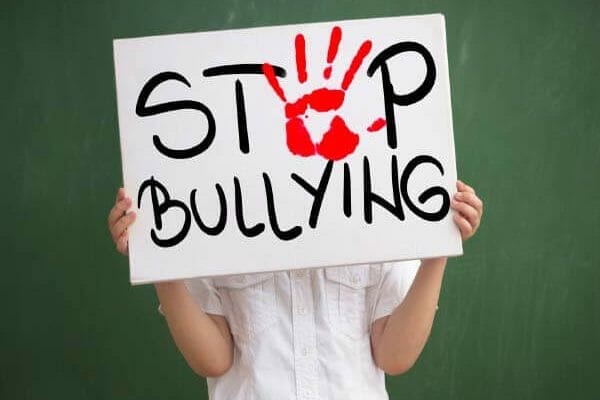With schools back to in-person classes, many teachers and administrators are bracing for an uptick in bullying again. Online, some teachers have already reached out to other teachers for help with this perennial problem or offered their advice and strategies.
News stories tend to publicize extreme cases of kids driven to suicide because of bullying or taking revenge with deadly results, as in school shootings. More often, bullying takes a silent toll on victims’ mental health and self-esteem, sometimes with long-term consequences.
What is Bullying?
Bullies take advantage of a power imbalance: stronger, more popular, wealthier, or more established kids intimidate those who aren’t. Some students may not understand that saying something mean is not the only form of bullying. Passing on a hurtful rumor is also bullying. So is harassing, intimidating, shaming, and isolating. And carrying out such actions online is also bullying—cyberbullying.
As Emily P., a high school student from Colorado, put it, “I wasn’t physically bullied. I was harassed and taunted because of a false rumor being spread about me. None of the bullying I ever experienced was physical; however, I can guarantee that it hurt just as much, if not more.”
An Opportunity to Address Bullying
From the frontline, teachers may observe bullying first-hand or get wind of a problem from a victim or witness. Even minor incidents offer a chance to address bullying through reading, activities, or discussion—and to stop the problem before it escalates.
Assigning a short story with the theme of “bullying hurts” could start a meaningful dialogue. Some examples popular with teachers are Ray Bradbury’s “All Summer in a Day” and “The Utterly Perfect Murder” and “The Bully” by Roger Dean Kiser. The Secret of Jeanne Baret, my YA adventure novel about the first woman ever to sail around the world, contains examples of bullying aboard an eighteenth century sailing ship. And the predicament of my main character in She’s Just Too Funny!, for second and third graders, is triggered by a bullying incident.
Discussion can lead to action. Emily P. was so devastated by her own experience that she wanted to try to stop bullying in her school and keep other kids from being hurt the way she had been. She set up school-wide assemblies where students took surveys to help them better understand bullying, and victims of bullying talked about what had happened to them. Emily’s efforts led some students to work with younger children, teaching them about the effects of bullying. Emily P.’s story is available at https://www.stopbullying.gov/blog/2016/07/05/why-do-we-hurt-each-other
From Bullying to Hate Crimes
Bullying may be a manifestation of racial, religious, gender or ethnic prejudice. Some forms of bullying are hate crimes. The horrific murders in 1998 of Matthew Shepard, a gay man, and James Byrd, Jr., a black man, led to the demand for new federal hate-crime legislation. President Barack Obama signed into law The Matthew Shepard and James Byrd, Jr. Hate Crimes Prevention Act in 2009.
The Holocaust illustrates the danger of bullying that grows out of control. Tomi Reichental, a survivor of Bergen-Belsen concentration camp, who wrote a memoir, I Was a Boy in Belsen, educates students in Ireland about the Holocaust. He explains that his own persecution began as bullying at his school in Slovakia. Now he encourages students to help victims of bullying. He described his message to the New York Times: “If you see someone being victimized, don’t be a bystander—stand up. If you see someone being treated badly, get involved.”

